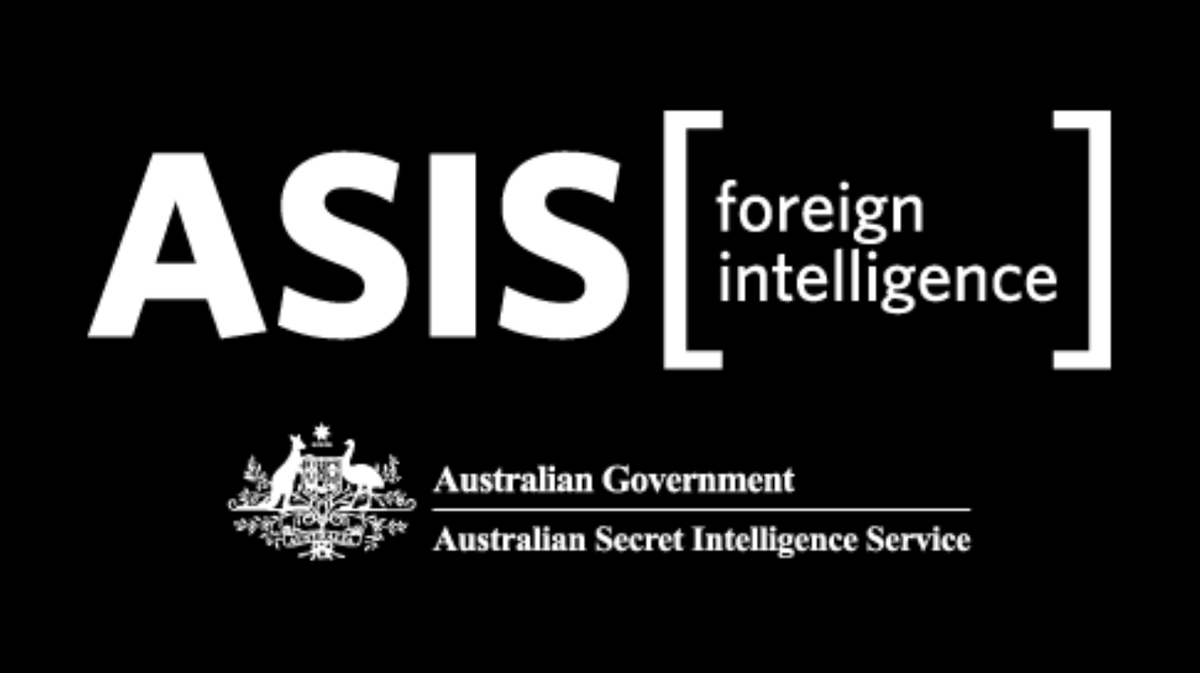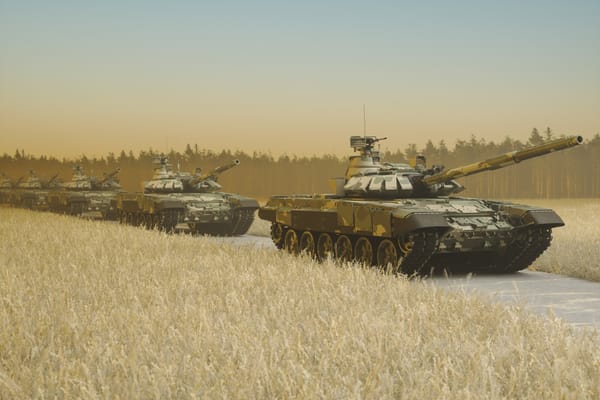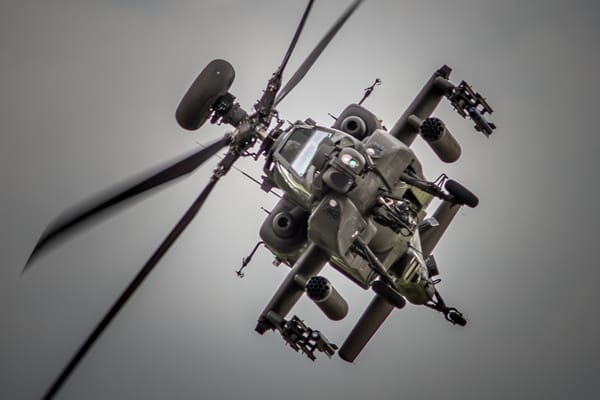🇦🇺 Australian Secret Intelligence Service (ASIS)
The Australian Secret Intelligence Service (ASIS) is Australia’s premier foreign intelligence agency, responsible for collecting and analyzing information from overseas sources to safeguard the nation’s strategic interests.

The Australian Secret Intelligence Service (ASIS) is Australia’s premier foreign intelligence agency, responsible for collecting and analyzing information from overseas sources to safeguard the nation’s strategic interests. Often compared to the CIA in the United States or MI6 in the United Kingdom, ASIS operates covertly to provide critical insights that shape Australia’s foreign policy and security decisions. Its mandate encompasses a wide range of activities—from gathering political and military intelligence to conducting clandestine operations designed to counter threats before they reach Australian shores.
ASIS plays a pivotal role in ensuring that Australia remains informed about global developments that could affect its national security. This includes monitoring geopolitical shifts, tracking the movements of terrorist organizations, and identifying emerging cyber threats. The agency’s work is essential in today’s complex international environment, where the rapid pace of technological change and evolving forms of warfare demand a modern, adaptive intelligence capability.
Operating under the umbrella of Australia’s Department of Foreign Affairs and Trade (DFAT), ASIS not only collects intelligence but also collaborates with other national and international agencies. This collaboration ensures a comprehensive approach to security, blending human intelligence with technological and cyber tools to address challenges ranging from traditional state-based threats to non-state actors engaged in cyber espionage or terrorism. With its discreet operations and commitment to protecting Australia’s interests abroad, ASIS remains a cornerstone of the nation’s national security framework.
History
The evolution of ASIS mirrors Australia’s changing security landscape over the past seven decades. Established in the early 1950s during the height of the Cold War, the agency was created to address the urgent need for strategic intelligence in a rapidly polarizing world. Its history can be broadly divided into several key phases that highlight its development and ongoing transformation.
Founding and Early Years (1950s–1960s)
ASIS was founded in 1952, at a time when Australia, like many Western nations, was deeply concerned about the spread of communism. In its formative years, the agency focused on gathering intelligence on potential threats emanating from the Soviet Union and its allies. During this period, ASIS worked quietly behind the scenes, establishing networks and laying the groundwork for more sophisticated operations. Its early successes were characterized by the use of human intelligence (HUMINT) to monitor political movements and military developments in regions considered strategically important to Australia. Despite operating with limited resources and under strict secrecy, ASIS quickly proved its worth by providing valuable insights that informed national security decisions.
Cold War Consolidation (1970s–1980s)
The decades following its establishment saw ASIS expanding both in capability and scope. The Cold War’s prolonged intensity necessitated a broader mandate, and ASIS began to integrate advanced methods of intelligence collection. The agency’s focus shifted slightly from purely ideological threats to include a wider spectrum of geopolitical risks. This period was marked by increased cooperation with allied intelligence agencies and an emphasis on counterintelligence operations aimed at protecting Australia from foreign espionage. The integration of technology, albeit in its early forms, alongside traditional espionage techniques, allowed ASIS to refine its analytical capabilities and operational reach.
Post-Cold War Transformation (1990s–Early 2000s)
With the dissolution of the Soviet Union and the end of the Cold War, the global security environment underwent dramatic changes. The traditional bipolar world order gave way to new challenges such as regional conflicts, terrorism, and the rise of non-state actors. Recognizing these shifts, ASIS redefined its strategic priorities. The agency began to pivot from an exclusive focus on ideological adversaries to a broader remit that included monitoring regional instabilities and the proliferation of weapons. This transformation was not without its challenges; ASIS had to modernize its techniques and upgrade its technological arsenal while preserving the core principles of discretion and covert operation. The evolution during this phase laid the foundation for ASIS to address the multifaceted threats of the 21st century.
Modern Era and Technological Adaptation (Post-9/11 to Present)
The terrorist attacks of September 11, 2001, ushered in a new era of global security concerns. In response, ASIS significantly ramped up its counterterrorism operations and embraced the digital revolution. The agency invested in cyber intelligence capabilities, advanced surveillance technologies, and enhanced data analytics to keep pace with rapidly evolving threats. Modern ASIS now operates in a complex digital battlefield where cyber espionage, information warfare, and hybrid threats have become commonplace. While much of its current operations remain classified, ASIS’s adaptation to these new challenges underscores its commitment to remaining at the forefront of international intelligence. Its history of innovation and resilience continues to shape its operational strategies today.
Outlook
Looking forward, the future of ASIS is poised to be both dynamic and challenging. As global threats continue to evolve in complexity, the agency must further adapt its strategies and technologies to maintain its effectiveness. Several key issues and challenges will likely influence ASIS’s evolution over the coming 5–10 years.
Embracing Cyber and Digital Intelligence
The digital revolution shows no signs of slowing down. With cyber threats growing in both sophistication and frequency, ASIS will need to enhance its cyber intelligence and digital surveillance capabilities. This involves not only upgrading technological infrastructure but also recruiting and training experts who can navigate the intricacies of digital espionage. The ability to protect Australia’s critical infrastructure from cyberattacks and to counter disinformation campaigns will be vital. As artificial intelligence (AI) and machine learning become more deeply integrated into intelligence operations, ASIS is expected to leverage these technologies to sift through vast amounts of data rapidly, identifying patterns and threats before they can materialize.
Navigating a Multipolar World
Geopolitical dynamics are shifting toward a multipolar world where power is distributed among several key nations rather than dominated by a single superpower. In this environment, ASIS will need to expand its focus beyond traditional areas of interest. With Australia’s strategic interests increasingly tied to the stability of the Indo-Pacific region, ASIS will likely place a greater emphasis on monitoring the actions of regional powers, particularly as competition with nations like China intensifies. Additionally, emerging security challenges in the Middle East and other parts of Asia may require the agency to form new alliances and deepen its intelligence-sharing networks. This broader global perspective will be essential in anticipating and mitigating complex security challenges.
Adapting to Hybrid and Asymmetrical Threats
Modern threats rarely conform to traditional categories of warfare. Instead, adversaries often employ hybrid strategies that combine conventional military tactics with cyber operations, economic coercion, and propaganda. ASIS will be at the forefront of countering these multidimensional threats. This will require a more integrated approach that combines traditional human intelligence with cutting-edge technological tools. Furthermore, the agency will need to develop flexible operational models capable of rapid response in an era where information spreads instantaneously and adversaries can operate anonymously across borders.
Balancing Secrecy with Accountability
In democratic societies, the need for effective oversight and accountability is paramount. As ASIS continues to expand its operations and adapt to new challenges, questions regarding transparency and ethical conduct are likely to intensify. The agency will need to strike a delicate balance between maintaining the secrecy necessary for effective covert operations and providing sufficient oversight to ensure its activities align with national values and legal frameworks. Future reforms may involve greater collaboration with parliamentary committees and enhanced internal review processes, ensuring that the agency remains both effective and accountable.
Building Strategic Partnerships
In an interconnected world, intelligence is a collaborative endeavor. ASIS is expected to further strengthen its ties with international intelligence agencies and form new partnerships that reflect the realities of a globalized security environment. These alliances will be critical in sharing timely intelligence, coordinating responses to transnational threats, and leveraging collective expertise. As Australia’s role on the world stage continues to grow, ASIS will be instrumental in forging these strategic relationships, ensuring that the country remains well-positioned to navigate the uncertainties of the future.
In conclusion, the Australian Secret Intelligence Service has evolved from its early Cold War origins into a sophisticated modern intelligence agency, adept at navigating a rapidly changing global landscape. As ASIS looks to the future, its continued success will depend on its ability to integrate advanced technologies, adapt to emerging hybrid threats, and foster robust international partnerships—all while maintaining the accountability that is essential in a democratic society. Over the next decade, ASIS is set to remain a critical guardian of Australia’s national security, ensuring that the nation can effectively meet the challenges of an increasingly complex world.





